Low prices on the free market are a great opportunity for consumers to close long-term contracts and reduce energy costs. Although, for generators, this low scenario will challenge the viability of new generation projects in the free market. In addition to prices, the sector is under pressure due to the oversupply of energy, increased capex and interest rates.
The extremely favorable hydrology is mainly responsible for the drop in prices, which last month negotiated conventional energy for 2024 for R$ 85.00, whereas a year ago this same product was traded at R$ 189.00, according to data from BBCE (Brazilian Energy Trading Counter).
“At the beginning of 2023, we continue to see a trend towards lengthening deadlines due to the business profile on the platform. According to many of our clients and market projections, there is a tendency for prices to remain low, which could maintain the stretching movement”, said Rafael Carneiro, Commercial Director at BBCE.
With the rain, the hydroelectric reservoirs are full, which, as energy is cheap, drives prices down. But according to experts, other factors have also contributed to the reduction in prices, such as the greater supply of energy, DG (distributed generation) and the contracting of inflexible thermoelectric plants.
According to the ONS (National System Operator), adding the SIN (National Interconnected System) reservoirs, we reach a storage level of 73.1%. In January, the reservoirs of the Southeast/Mid-West, South, Northeast and North subsystems reached 69.8%, 86.8%, 75.7% and 89.4%, respectively.
According to Itamar Lessa, Director of Commercialization at Casa dos Ventos, the hiring of inflexible thermoelectric plants is also shifting the SIN load, helping to keep reservoirs higher. He says that 5% of Brazil's electrical demand has been met by thermoelectric plants. “So you have a situation that extrapolates to the structural.”
Another factor that has driven the price down is the process of decotization of 22 Eletrobras hydroelectric plants. In practice, this energy will be sold on the free market.
Oversupply of energy
In the last ten-year plan, EPE (Energy Research Company) estimated a growth of 75 GW in power in Brazil by 2031, with the generating complex reaching 275 GW, also considering distributed generation and self-production plants. In the same period, EPE estimates that the electrical energy load in the SIN will increase from around 70 GW average to 97.2 GW average in 2031.
Only in 2023 does the Brazilian government project a record in the expansion of centralized energy generation capacity, with an increase of 10.3 GW, with more than 90% of this total in wind and solar power plants.
One factor that is contributing to the increase in supply is the energy transition process experienced by oil companies, explained Gustavo Ayala, CEO of Bolt Energy. “Oil companies build renewable plants without financing, seeking to sell energy later, this increases supply and forces prices down.”
Ayala said that one of the alternatives that the market has found to overcome low prices is to invest in self-production. “We are seeing projects in the free market becoming viable in self-production structures. Self-production allows the consumer to save a lot on charges.”
Lessa also remembers that part of this overcontracting of energy is due to distributed generation, which ends up reducing the load on the System. “With GD, this oversupply could last longer, it could go from being a situation to spreading to the structural. If GD continues to encourage accelerated expansion, we may have a structural problem down the road.”
The mapping carried out by ABSOLAR (Brazilian Photovoltaic Solar Energy Association) showed that in one year solar energy grew by approximately 76%, jumping from 14.2 GW to 25 GW. DG alone represents 17.2 GW.
Since July last year, the solar source has grown, on average, 1 GW per month (July: 16.4 GW, August: 17.5 GW, September: 18.6 GW, October: 21.1 GW, November: 22 GW, December: 23 GW, January 2023: 24 GW and February this year: 25 GW).
Capex and interest rates
According to Lessa, the long-term price scenario, combined with rising capex and interest rates, challenge the viability of new projects in the free market. The capex of a wind farm, for example, jumped from U$$ 600 thousand to US$ 1 million.
“What happened in the world due to the disruption of the logistics chain is that all commodities have experienced a boom in recent years. With the commodities boom, capex rose by almost 40%.”
Long-term interest rates on PPAs (Power Purchase Agreement), which use the NTNB as an indexer, have practically doubled since 2021, going from a level of 3.36% to 6.7%.
“A project that previously paid interest of US$ 3.6 million for every US$ 100 million raised, will pay practically double. Therefore, to pay the same debt I need to double my margin. Furthermore, there is an increase in capex, which went from US$ 600 thousand to US$ 1 million per installed MW”, said Lessa.
“We connect companies to negotiate purchase and sale in the free energy market and what we have heard from our clients is that the sector is experiencing a situational situation. Prices of contracts with short maturities are greatly influenced by cyclical issues, such as rainfall, mostly. On the other hand, prices of contracts with longer maturities are influenced by structural issues, such as type and cost of technology, location, financing conditions. Therefore, the expansion is not motivated by a cyclical issue, but rather a structural one”, says Carneiro, from BBCE.


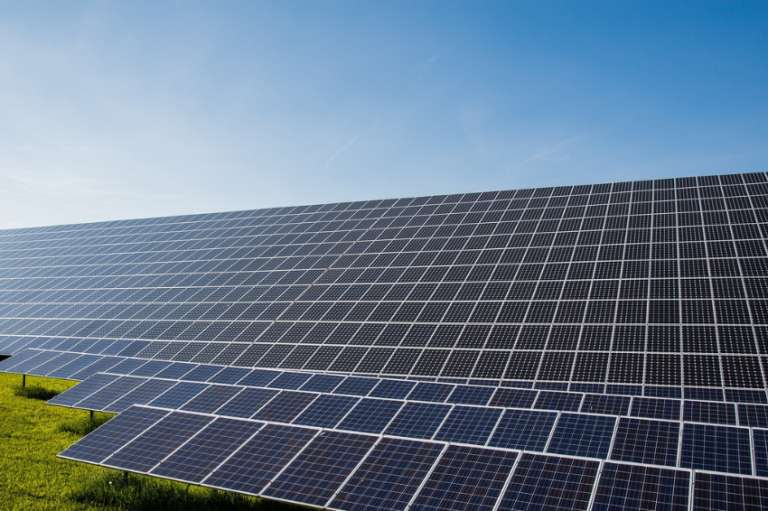




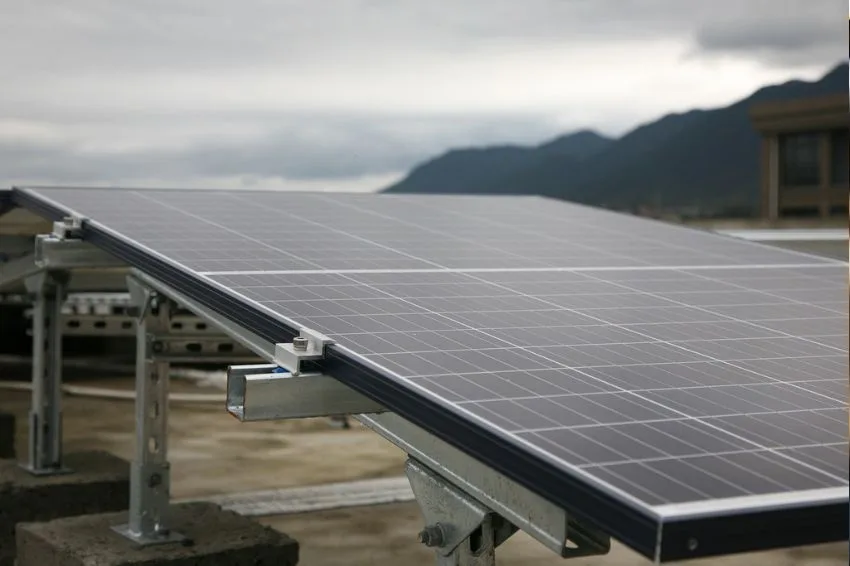
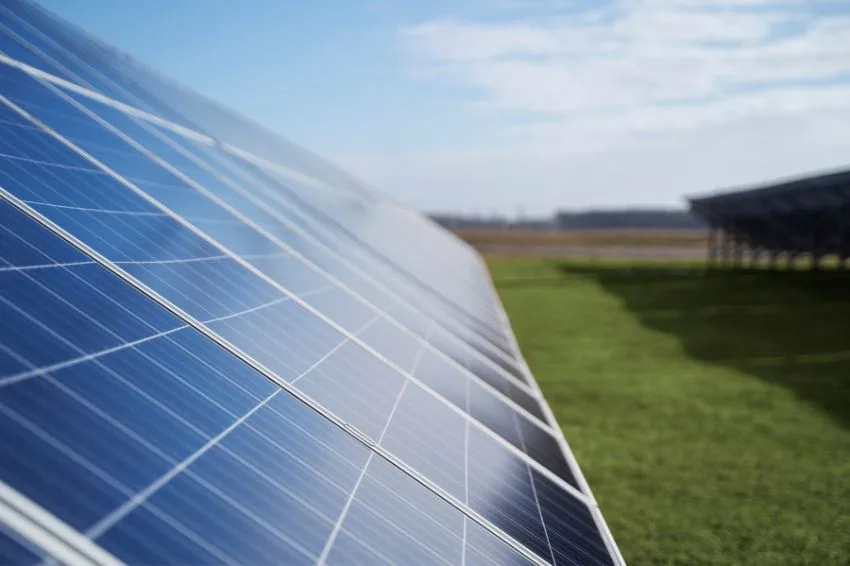
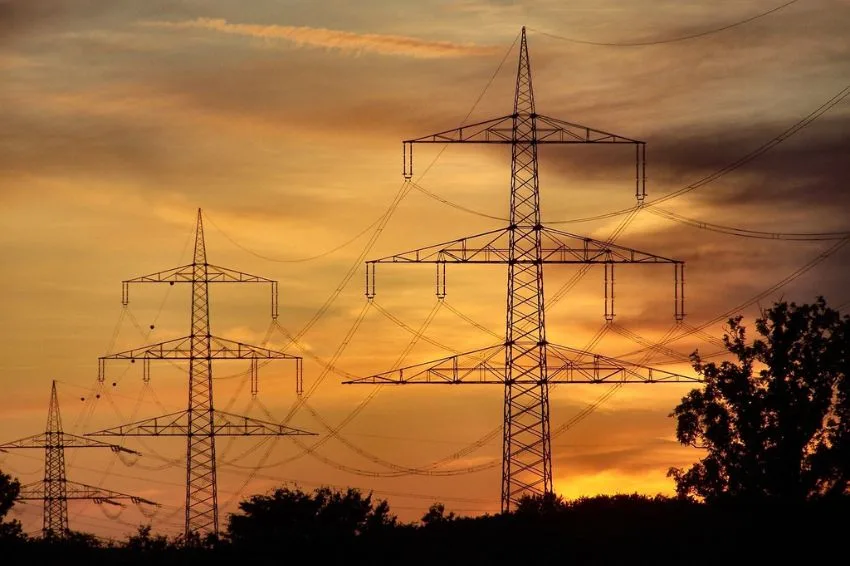
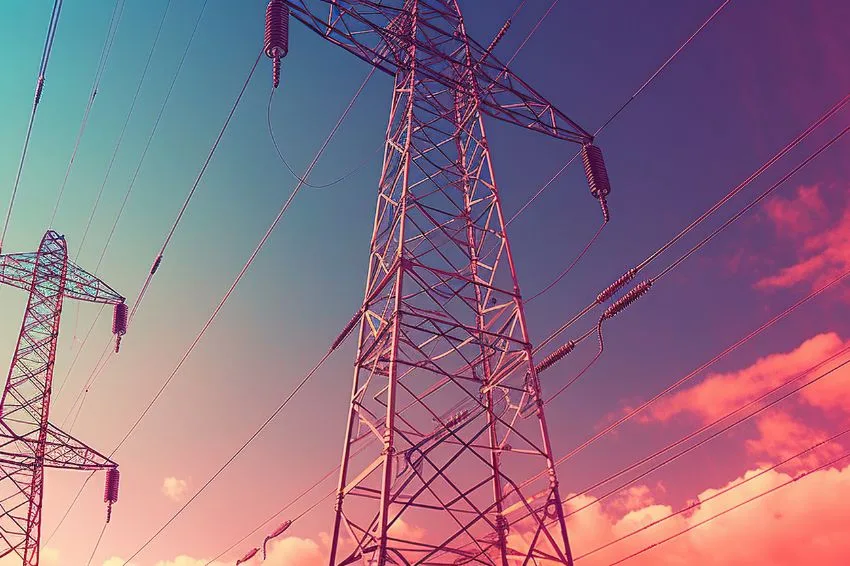







2 Responses
excellent material, the electricity sector is experiencing scenarios amidst technological changes and energy alternatives.
Excellent content, Wagner. Congratulations!!!!